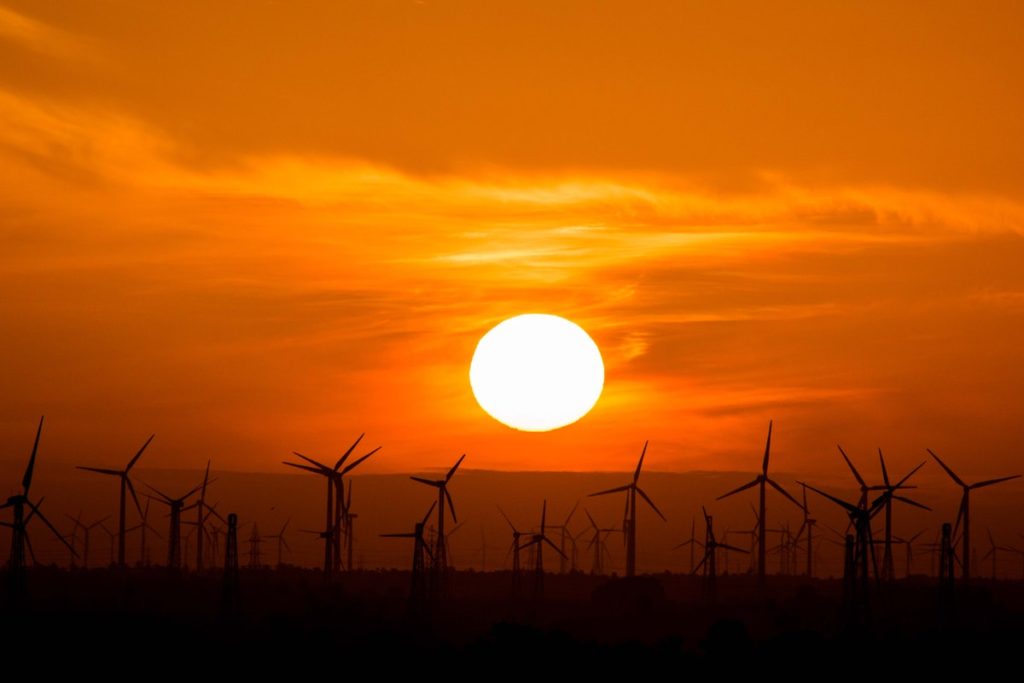The world needs clean energy. Fortunately, progressive scientists have identified ways of producing clean energy from forces of nature — the sun, water, wind, and earth. They are renewable, meaning they will never run out. They are clean, meaning they produce energy with no emissions or pollutants.
Producing Energy from the Sun
The sun is a significant source of renewable energy. Solar energy technologies use sunlight to generate electricity, hot water, or heat for homes, businesses, and industry. There are three main types of solar energy technologies: photovoltaic (PV) cells, concentrating solar power (CSP), and solar water heating (SWH).
PV cells convert sunlight directly into electricity. CSP uses mirrors to concentrate sunlight onto a small area to produce heat, which can then be used to generate electricity. SWH systems capture the sun’s heat to heat water for homes or businesses.
Solar technologies are becoming more efficient and less expensive as research and development continue. In addition, solar PV and CSP systems have been built on a utility-scale and connected to the electricity grid in many parts of the world.

Producing Energy from Water
Water is the most abundant substance on earth. Hydroelectricity is electricity generated by the force of moving water. It is the most common type of renewable energy used to generate electricity or pump water.
Hydroelectricity can be generated in two ways: by impoundment dams or by run-of-river plants. Impoundment dams store water in a reservoir behind a dam. When the water is released, it flows through turbines, which generate electricity. Run-of-river plants use the natural flow of water to drive turbines, which generate electricity.
Ocean Thermal Energy Conversion
Water can also generate electricity through ocean thermal energy conversion (OTEC). Water has a thermal capacity which means you can store heat energy from solar panels or other sources in water for later use when more power is required–as long as there is enough insulation around the container to avoid evaporation losses.
Water provides an excellent medium for storing and transporting thermal energy because it doesn’t change temperature easily, doesn’t corrode metal surfaces of industrial pipes, and has a high specific heat or ability to store heat. And if you want to release this stored thermal energy quickly, all you have to do is add some cold water.
OTEC plants use the difference in temperature between the warm surface water of the ocean and the colder deep water to run a heat engine. The heat engine drives a turbine, which generates electricity. OTEC has the potential to provide a steadier stream of electricity than other renewable resources like wind and solar because you can use it 24 hours a day.
However, there are also some challenges associated with OTEC. One is that it requires a large amount of water to operate, and another is that it requires a warm surface temperature of at least 20 degrees Celsius to work effectively. That limits the locations where you can build OTEC plants.
Despite these challenges, OTEC has excellent potential as a clean, renewable energy source. And as our need for energy increases, and we look for ways to reduce our dependence on fossil fuels, OTEC may become an essential part of the solution.
Producing Energy from Wind
Wind energy is one of the fastest-growing sources of electricity in the world. Wind turbines convert the kinetic energy of wind into mechanical energy, which can then be used to generate electricity. Wind energy uses less land than other forms of renewable energy like solar and biomass.
There are two main types of wind turbines: horizontal and vertical axes. Horizontal axis turbines have blades that spin around a horizontal shaft, while vertical axis turbines revolve around a vertical pole.
Both types of turbines generate electricity, but horizontal axis turbines are more common because they are more efficient.
Wind energy is a rapidly growing industry, with growth driven by declining costs, advances in technology, and increased environmental awareness.
Producing Energy from Earth
Geothermal energy is heat energy generated within the earth. It can generate electricity or heat homes and businesses.
Geothermal energy generates electricity in two ways: direct steam turbines or binary cycle power plants. Direct steam turbines use hot water or steam to drive a turbine, which generates electricity. Binary cycle power plants use hot water to heat a fluid with a low boiling point, such as ammonia. The ammonia vaporizes and drives a turbine, which generates electricity.
As the cost of generating electricity from geothermal sources continues to decline, it is expected that it will be used more globally.
Nature Provides Clean Energy
These natural sources of clean energy have great potential for helping us reduce our dependence on fossil fuels and move toward a more sustainable future. Each has its unique advantages and disadvantages, but as technology continues to improve and costs continue to decline, we expect them to play an increasingly important role in our energy mix.

